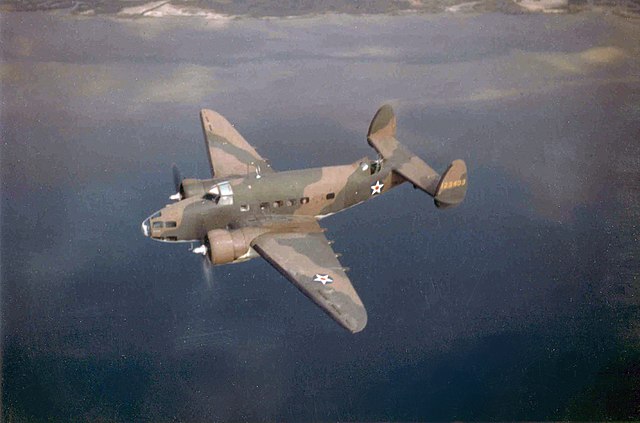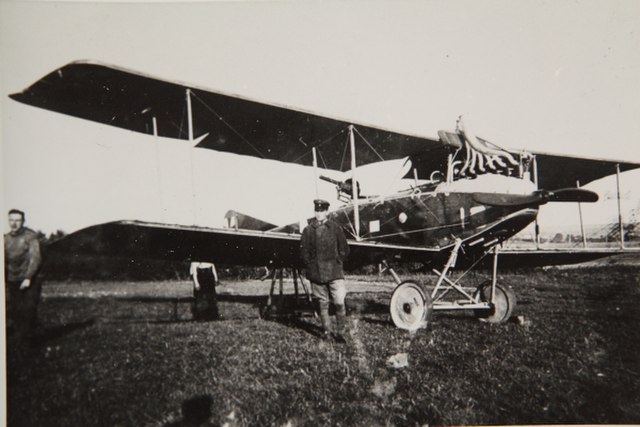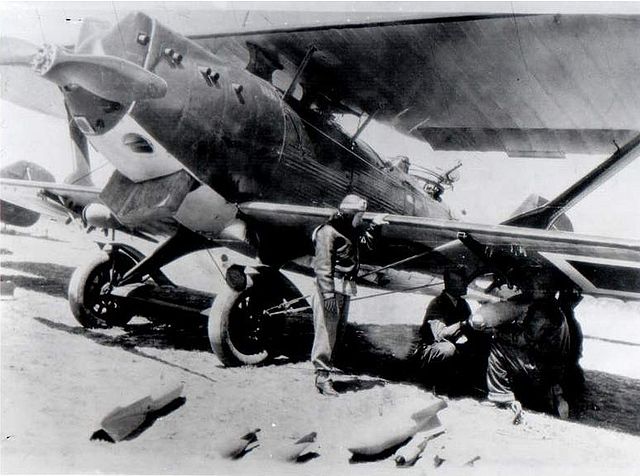The Lockheed Hudson is a light bomber and coastal reconnaissance aircraft built by the American Lockheed Aircraft Corporation. It was initially put into service by the Royal Air Force shortly before the outbreak of the Second World War and primarily operated by it thereafter. The Hudson was a military conversion of the Model 14 Super Electra airliner, and was the first significant aircraft construction contract for Lockheed — the initial RAF order for 200 Hudsons far surpassed any previous order the company had received.
Lockheed Hudson
Lockheed Hudson cockpit
Lockheed Hudson Bomber, Clyde Engineering Works
Lockheed Hudson aircraft of No. 1 Squadron under assembly at RAAF Station Richmond. The Hudson in the right foreground was flown by Flt Lt John Lockwood, who led the first Allied attack against the Japanese. He and his wingmen damaged the Japanese freighter, Awazisan Maru, forcing its abandonment.
A light bomber is a relatively small and fast type of military bomber aircraft that was primarily employed before the 1950s. Such aircraft would typically not carry more than one ton of ordnance.
Circa 1937. The single-engine PZL.23 Karaś was the main light bomber used by Polish forces at the beginning of World War II.
1943. A twin-engine Lockheed Hudson of No. 2 Squadron RAAF. Its crew and ground staff pose for the photographer, prior to loading the Hudson with its bomb load in the foreground.
An Albatros C.III of the German Luftstreitkräfte, circa 1916. While it was designed as a "armed reconnaissance" type, the C.III was also a light bomber of World War I.
1937. Turkish air force pilot Sabiha Gökçen inspects her Breguet 19 as it is loaded with bombs.








